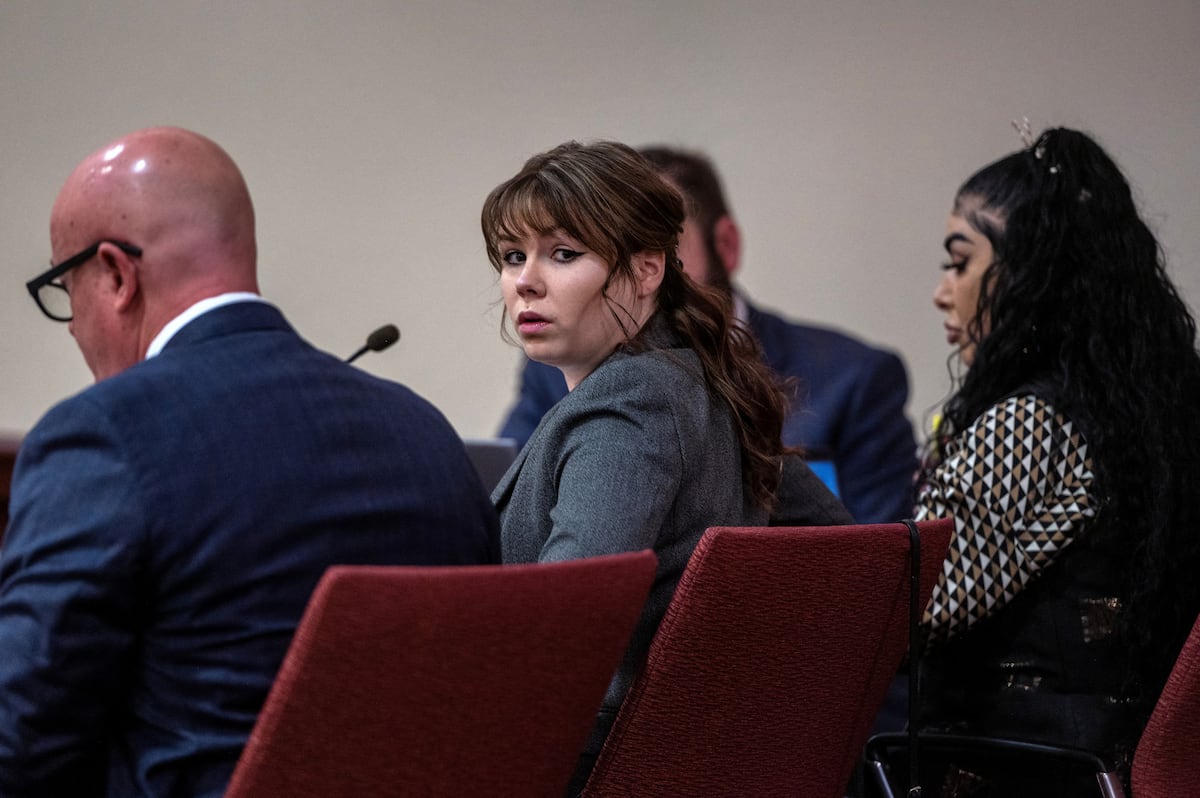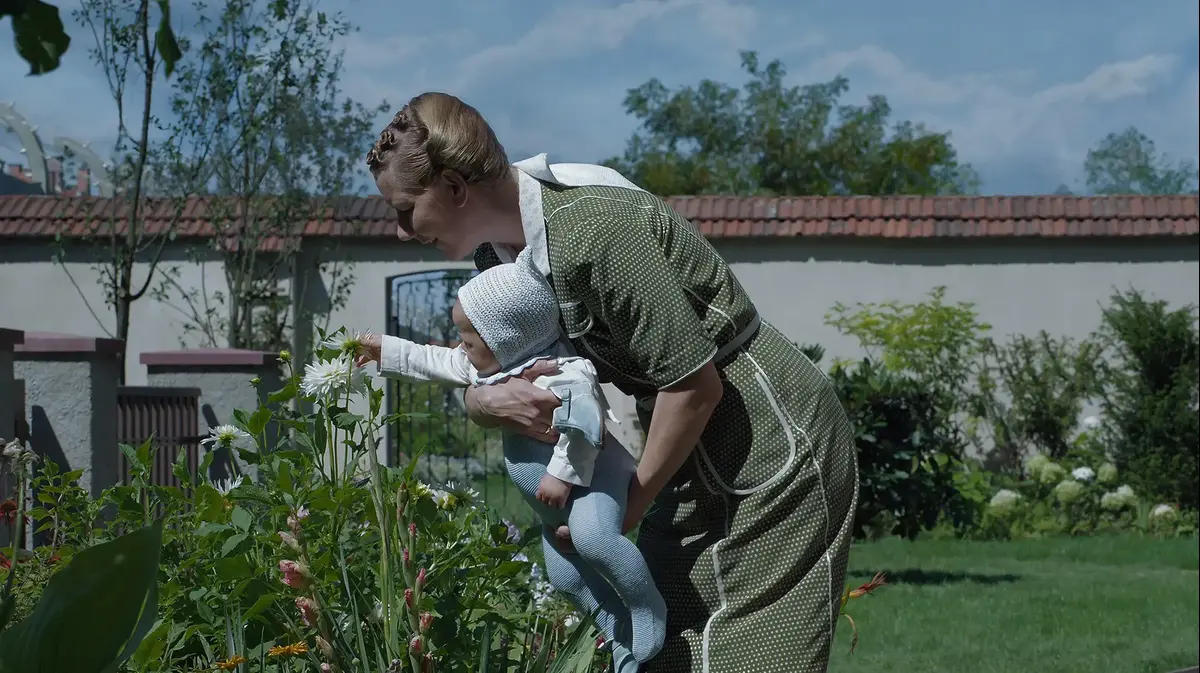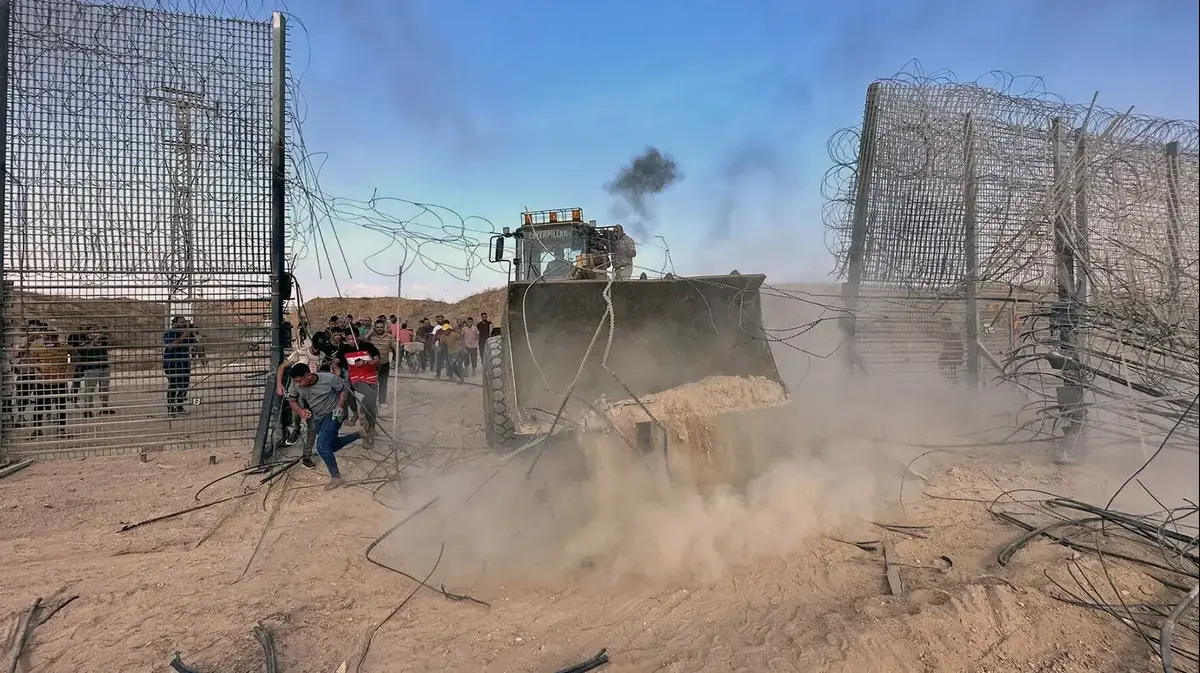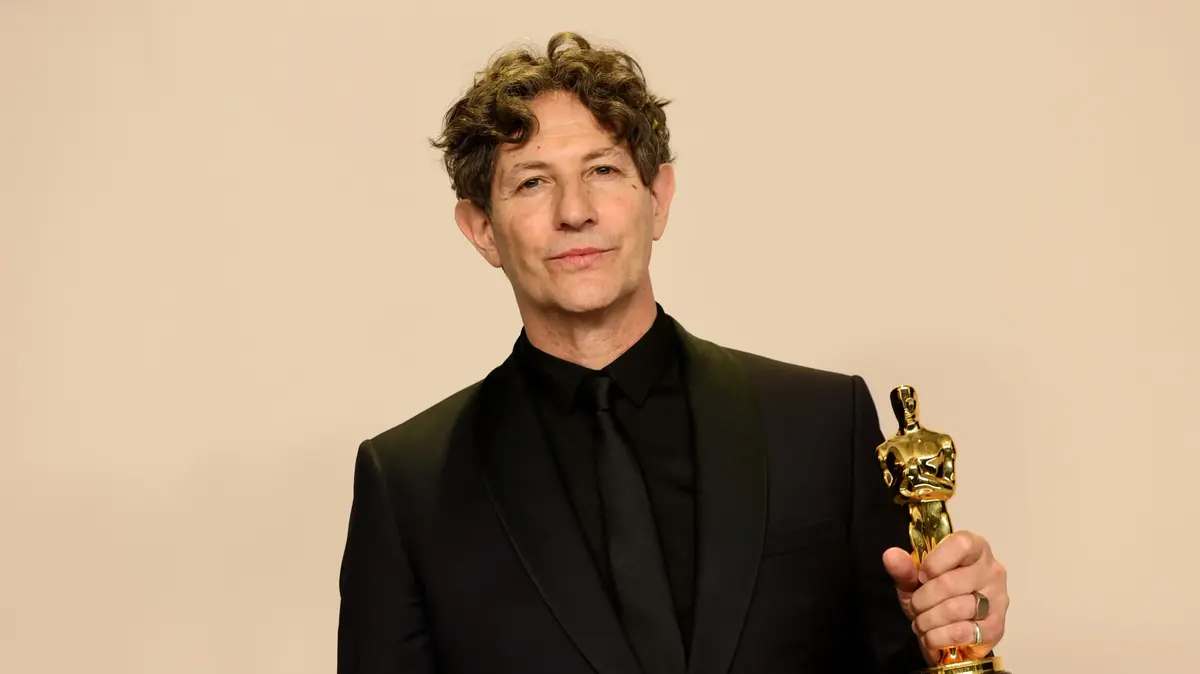The Holocaust is one of the most photographed crimes in history.
However, the images that show the moment of the assassination are only a dozen and they are all well known by historians.
The Nazis had no problem allowing the persecutions of Jews to be photographed, they were part of their propaganda: in fact, Joseph Goebbels integrated 15,000 photographers with the German troops, who produced 3.5 million negatives.
But it was another thing to record the mass murders, something that was prohibited.
That's why American researcher Wendy Lower knew that she was faced with something unique - and appalling - when a colleague showed her in 2009 at the Holocaust Museum in Washington an image that had appeared in an archive in Prague.
The photo was taken in Miropol, Ukraine, on October 13, 1941 and shows the murder in front of a mass grave of a woman and a child (in a detailed analysis, a second creature appeared hidden between the woman's skirts).
The perpetrators are two Ukrainian militiamen, who murder this family in front of two German soldiers.
A civilian in a cap watches the scene in the background.
The image, which has a professional composition, shows the moment of the shot: the white smoke of the gunpowder hides the woman's face, as she drags the children with her to the pit.
The author of the photo was Lubomir Skrovina, a Slovak soldier deployed in the USSR, a resistant who wanted to document Nazi crimes.
The Holocaust scholar Wendy Lower, 56, director of the Mgrublian Center for Human Rights in Claremont, California and author
of Hitler's Harpies
(Criticism), has spent ten years researching this image, a work that has collected in the book
The Ravine
, which has just been published in English by Houghton Mifflin Harcourt.
The photo summarizes the so-called
Holocaust of bullets
, the shooting of between 1.5 and two million Jews in the first years of World War II, especially in the former USSR and Poland, before the construction of the death camps with gas chambers.
The perpetrators were groups of murderers called
Einsatzgruppen
;
who went from town to town, but they were not alone: the image clearly shows that those who were shooting were not SS, but Ukrainian militiamen, and that the Germans who supervise the crime do not belong to this body either.
They are financial guards.
"The four perpetrators that appear in this image were volunteers," explains Lower by phone from the United States.
“Also, we know from subsequent trials that there were more Ukrainians, because the youngest of the murderers is not in the photo.
And more Germans are also present.
None belong to the bodies deployed by Himmler to commit these crimes.
It is a totally voluntary unit, recruited on the fly.
They wanted to be there ”.
It is quite possible that the murderers even knew the victims by name, since it was a small town.
The image captures the very moment of the crime, but thanks to various testimonies, including that of the sole survivor, Ludmilla Blekhman, recorded by Yad Vashem, the Jerusalem Holocaust Museum, Lower was able to reconstruct the pogrom, which ended with the murder of the Jews of the small town of Miropol.
That day in October, some 450 people were executed.
There were beatings, rapes, robberies, torture, before being taken to the mass grave.
This horror was repeated for months in thousands of places in Ukraine.
A particularly gruesome detail that a photo documents for the first time is that, as required by Nazi protocols, they did not waste bullets on the children, but instead were dragged alive into the common grave, where they died drowned by the bodies.
All those horrors cease to be abstract concepts when you look at this image.
SS photos reflecting the daily horror of Auschwitz
“We know that this is the story of a part of the Holocaust, the murder of Jews before mass graves on the outskirts of their villages.
But capturing that moment is very unusual, as is the fact that we can see the Ukrainians with the Germans.
It is a very powerful image because it shows how women try to protect children and because genocide is also the murder of families.
Here the collaboration is very clear, "explains Lower, an expert on Ukraine, who believes that Holocaust studies are moving in that direction:" It is becoming increasingly clear that the Holocaust is a European story.
This photo clearly shows it: a Slovak photographer, two Ukrainian militiamen, two Germans, a civilian, the local inhabitants murdered ”.
The Nazis were undoubtedly the instigators, he argues, but they were not alone in their crimes.
However, as the recent convictions of two historians in Poland have shown, local collaboration in the murder of Jews is an issue that remains highly problematic and difficult to investigate.
As Lower puts it in his book: “Today, more than 70 years later, Eastern European scholars who research and publish information about these local killers in Ukraine, Poland, Hungary and elsewhere are often silenced, threatened and even criminalized for unearthing the dark past of anti-Semitism, greed, opportunism, and mob violence.
The whitewashing of this historic stain can be seen in revisionist accounts, in state-controlled media, and in security classifications that turn archives secret.
But the evidence of local collaboration seen in this vivid crime photograph is undeniable. "
Nameless victims
Lower's investigation led him to Miropol, Jerusalem, the United States, the Czech Republic and Slovakia in search of clues to the crimes and possible witnesses.
He managed to locate the names of the two Germans who voluntarily participated in the massacre: Erich Kuska and Hans Vogt.
They were reported by a colleague in 1969, but were never prosecuted.
A Soviet investigation, carried out in 1986 by KGB Colonel Mikola Makareyvych, identified three Ukrainian participants in the pogrom: Nikolai Rybak, Ivan Les'ko and Dmitri Gnyatuk.
Two of them were sentenced to death and another was sent to prison (Rybak, because he was a minor at the time of the events).
He also reconstructed the story of the photographer, Lubomir Skrovina, a resistance hero who saved Jews in Slovakia and who wanted, and succeeded in, documenting the genocide.
Lower has even seen his camera: a Zeiss Ikon Contax.
It is a mystery why they allowed him to take the photo.
However, he was never able to confidently identify the victims.
He located in Michigan Svetlana Budnitskaya, a Jew from Miropol who fled before the war, whose family was murdered on October 13.
But when Budnitskaya saw the image of the massacre, he could not confirm with complete certainty that it was them.
For now, they will remain nameless victims.
Yad Vashem maintains a database with 4.7 million names of Holocaust victims.
1.3 million (at least) remain unidentified.
Half of them were murdered in Ukraine and, in turn, half of these are children like the ones in Miropol's photo.

/cloudfront-eu-central-1.images.arcpublishing.com/prisa/KQIVIY43MNA4RJ46TUS44AXVTM.jpg)



/cloudfront-eu-central-1.images.arcpublishing.com/prisa/QMMLZZZRT5DBBKJ3BCMUK42HQQ.jpg)


